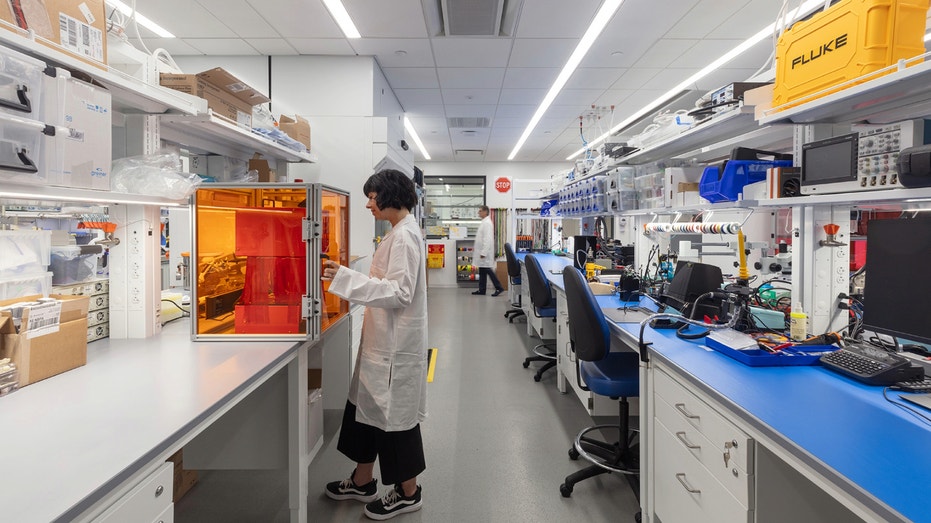I can't imagine anyone being able to afford this or have insurance pay for it. They don't say what repetitions are needed in this for you to be able to walk unassisted.
But isn't your competent? doctor already using walking assist devices for your recovery?
walking assist (13 posts to May 2016)
Wandercraft unveils world's first self-stabilizing walking exoskeleton
Wandercraft established its US headquarters at Cure, a health care innovation campus in New York City
Wandercraft unveils world's first self-stabilizing walking exoskeleton
Seema Kumar, Matthieu Masselin and Kevin Piette discuss how Wandercraft is developing and manufacturing breakthrough exoskeletons on 'The Evening Edit.'
French company Wandercraft is taking a groundbreaking step forward to give individuals with disabilities a chance to walk again.
The company is using cutting-edge technology to develop the world's first-in-market self-stabilizing exoskeleton.
Displaying this innovation in-studio on "The Evening Edit" with Elizabeth MacDonald, 35-year-old Kevin Siette, who is paralyzed, can remain upright, showing a wide range of motion as he moves on his own.
GROUNDBREAKING AI IMPLANTS HELP STROKE VICTIM 'TALK' FOR FIRST TIME IN NEARLY TWO DECADES

A man uses a Wandercraft exoskeleton to assist with walking. (Wandercraft)
The battery-operated Personal Skeleton wraps around the patient, programmed by electric motors that receive orders from AI-powered "complex algorithms" to maintain balance and reproduce human motions at all times.
The device builds on engineering and robotic advancements already incorporated in the company’s lead product, the Atalante X exoskeleton, which emulates human walking and provides hands-free multidirectional locomotion. The U.S. Food and Drug Administration in January 2023 cleared the company's Atalante device for use in stroke rehabilitation, and it is currently in use in rehab hospitals and walking centers across the U.S., Europe and Brazil.
"Driving innovative solutions that support the walking impaired community is constantly at the forefront of our minds at Wandercraft," CEO Matthieu Masselin said. "We want a future where people with walking impairments have a new option to vastly improve their independence, inclusion and health."
Wandercraft established its U.S. headquarters at Cure, a health care innovation campus in New York City.

A lab at the Cure facility in New York City. (Photo courtesy of Gensler)
No comments:
Post a Comment